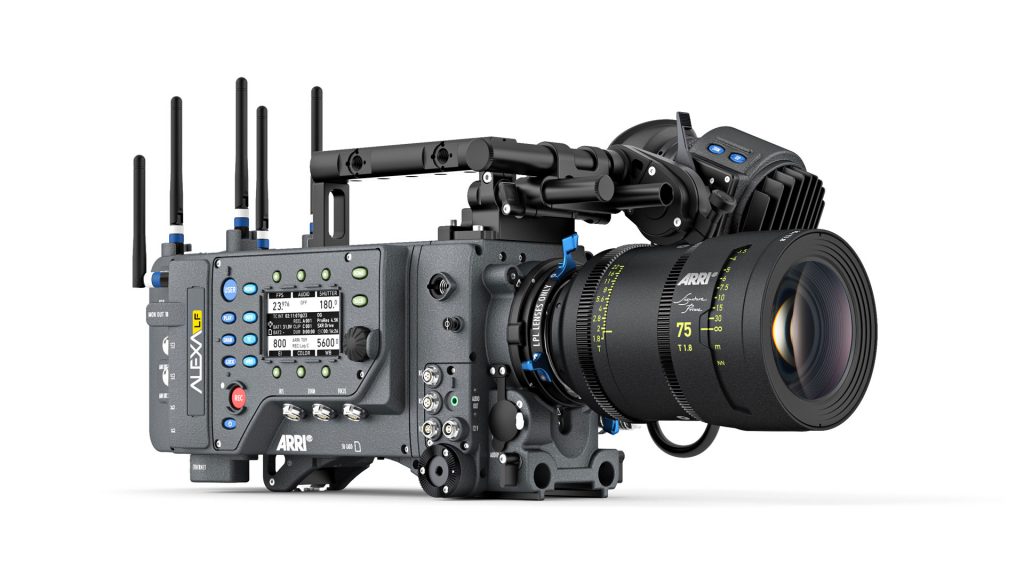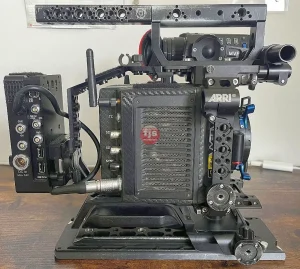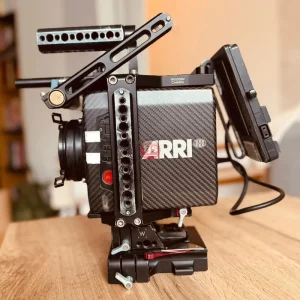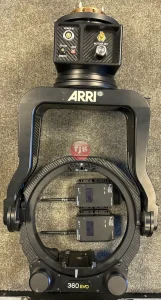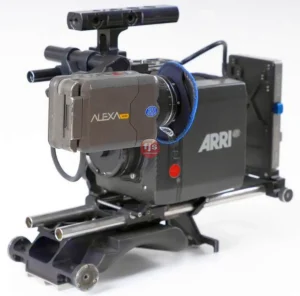While all lenses capture light, some are purpose-built for filmmaking. Explore the features and benefits of lenses specifically designed for video.
The Evolving Landscape: Photo Lenses for Video Production
In the world of visual storytelling, the line between photography and videography has become increasingly blurred. Modern mirrorless cameras, in particular, excel at both. This convergence often leads to a common question: “Can I just use my regular photo lenses for video, or are there lenses specifically designed for filmmaking?” The answer is complex. While virtually any photo lens can be used to capture video, there’s a distinct category of lenses, often referred to as “cine lenses” or “video optimized lenses,” that are purpose-built to meet the specific demands and workflow of professional video production. Understanding their unique features can significantly enhance your filmmaking experience and the quality of your moving images.
Let’s delve into the features and benefits of lenses designed with video in mind:
- 1. T-Stops vs. F-Stops (Precise Light Transmission):Perhaps the most fundamental difference. Photography lenses are rated in f-stops (e.g., f/1.4, f/2.8), which are theoretical calculations of the lens’s maximum aperture. Cine lenses, however, use T-stops (transmission stops) (e.g., T1.4, T2.8).
- Key Feature: T-stops measure the actual amount of light transmitted through the lens, taking into account any light loss due to glass elements and coatings.
- Benefit for Video: In filmmaking, where precise and consistent exposure is paramount across different lenses in a set or even within a single shot (especially when swapping lenses), T-stops ensure that a T2.8 on one lens will always provide the exact same exposure as a T2.8 on another, regardless of minor manufacturing variations. This consistency is critical for seamless editing and grading.
- 2. De-clicked Aperture Rings (Smooth Exposure Transitions):Many photo lenses have “clicked” aperture rings, meaning they adjust in discrete steps (e.g., f/2.8, f/4, f/5.6). This is fine for still photography but problematic for video.
- Key Feature: Cine lenses feature a de-clicked (or stepless) aperture ring, allowing for infinitely smooth, silent adjustments.
- Benefit for Video: Essential for smooth, on-the-fly exposure changes during a shot (e.g., when moving from indoors to outdoors, or tracking a subject into brighter light) without visible jumps in brightness or audible clicks being recorded.
- 3. Geared Focus and Aperture Rings (Precision and Workflow):Photo lenses often have rubberized focus and aperture rings that are easy to grip but aren’t designed for external accessories.
- Key Feature: Cine lenses come equipped with standardized gears (0.8 MOD) on both the focus and aperture rings.
- Benefit for Video: These gears are designed to interface perfectly with follow focus systems, allowing precise and repeatable focus pulls by a dedicated focus puller. They also work seamlessly with wireless remote control systems for aperture adjustments, critical for professional film sets.
- 4. Long Focus Throw (Accurate Focusing):Photo lenses typically have a relatively short rotation distance for their focus ring (e.g., 90-180 degrees).
- Key Feature: Cine lenses boast a long focus throw, often 270 degrees or even 360 degrees for extremely precise adjustments.
- Benefit for Video: This extended throw allows for incredibly fine and accurate focus pulling, minimizing the risk of missing focus, especially with shallow depth of field. It also allows focus pullers to mark specific focus points with greater precision.
- 5. Minimized Focus Breathing (Consistent Framing):”Focus breathing” is an optical phenomenon where the focal length (and thus the field of view) slightly changes as you rack focus from one distance to another. It’s often noticeable in photo lenses.
- Key Feature: Cine lenses are specifically designed to minimize or eliminate focus breathing.
- Benefit for Video: Crucial for maintaining consistent framing during a focus pull. If the frame “breathes,” it can be very distracting to the viewer, pulling attention away from the subject.
- 6. Consistent Form Factor (Streamlined Production):In a set of photo lenses, different focal lengths often have varying physical sizes, weights, and front filter diameters.
- Key Feature: A set of cine prime lenses usually has a consistent physical size, weight, and front diameter across all focal lengths.
- Benefit for Video: This consistency saves immense time on set. When swapping lenses, you don’t need to rebalance your gimbal, adjust your matte box, or change filter sizes, streamlining the workflow significantly.
- 7. Durable, All-Metal Construction:While many high-end photo lenses are robust, cine lenses are built to withstand the rigors of demanding production environments.
- Key Feature: Heavy-duty, all-metal construction with precise internal mechanisms.
- Benefit for Video: Ensures reliability, longevity, and consistent performance even with constant use and potential bumps on set.
Conclusion: The Right Tool for the Right Job
While modern photo lenses are increasingly capable of capturing high-quality video, true cine lenses offer a suite of specialized features that streamline the filmmaking workflow, enhance consistency, and provide precise control over the image. For professional productions where efficiency, repeatability, and ultimate control are paramount, dedicated cine lenses are the preferred choice. However, for indie filmmakers, content creators, or those just starting, high-quality photography lenses (especially primes) can still deliver fantastic results. Understanding the unique attributes of cine lenses empowers you to make informed decisions and select the ideal tools for your specific video project, ultimately elevating your storytelling.
Questions and Answers
Q1: Can I still get a “cinematic look” with photo lenses?
A1: Absolutely! Many iconic films and popular YouTube content are shot entirely on photo lenses. The “cinematic look” comes more from lighting, composition, color grading, and storytelling than just the lens type.
Q2: Are cine lenses more expensive than photo lenses?
A2: Generally, yes. The specialized design, higher manufacturing precision, and smaller production volumes of dedicated cine lenses make them significantly more expensive than their photography counterparts, even for comparable focal lengths and apertures.
Q3: What’s a “rehoused” lens?
A3: A rehoused lens is a still photography lens (often a vintage one) that has been taken apart and rebuilt into a new, professional cinema-style housing. This gives the lens cine features like geared rings, de-clicked aperture, and a consistent form factor, while retaining the original optical characteristics.
Q4: Do all cine lenses have a consistent T-stop across the set?
A4: Yes, most professional cine lens sets are designed to have consistent T-stops. This is one of their major advantages for video production.
Q5: What’s the biggest benefit of focus breathing minimization for video?
A5: It ensures that your framing remains perfectly consistent when you rack focus. The viewer’s attention stays on the subject and the story, without being distracted by a subtle “zooming” effect as focus shifts.

